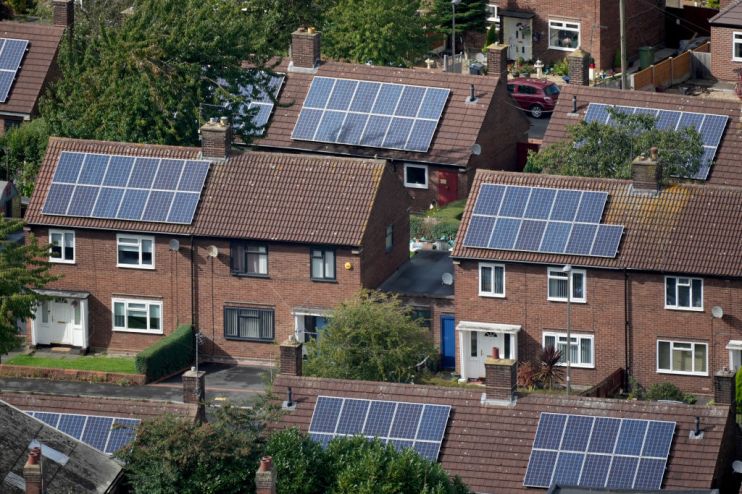Gas drives up carbon emissions in UK power sector for the first time in a decade

Carbon emissions from the UK’s electricity sector jumped up a fifth in 2021, rising for the first time in almost ten years, according to a new report from the International Energy Agency (IEA).
The increase is due to a 17 per cent boost in gas-fired electricity supplies, which has partly been caused by a drop in renewable generation over the winter period.
Wind power has performed particularly poorly over recent months, leaving the UK reliant on gas for 60 per cent of its fuel mix to ensure the grid remains stable.
This has been a highly costly development amid soaring wholesale prices, with average day-ahead prices rising from £67 per megawatt hour (MWh) to £226 MWh from April to December 2021.
The IEA’s findings support previous analysis of National Grid’s ESO data from the Nuclear Industry Association (NIA).
Its report also revealed there was no improvement in year-on-year grid decarbonisation last year. There was also no coal-free burning months, compared to three in 2020.
In response to the IEA’s report, Tom Greatrex, chief executive of NIA said: “The UK’s reliance on expensive imported gas means higher emissions, higher bills, and constant threats to our energy security. The only way to protect our energy security, and guarantee an affordable and sustainable system, is to invest in new nuclear capacity, in both large and small-scale projects.”
NIA has also cited data from the Climate Change Committee, suggesting the country’s clean power capacity will be cut by 30 per cent if the government goes ahead with scheduled plans to close all but one of the UK’s nuclear power plants by 2028.
Meanwhile, Hinkley Point C remains five years from completion and construction is yet to begin on the Sizewell C plant.
The news of increased emissions will be a blow to the government, which is pushing the country to reach net zero carbon emissions by 2050.